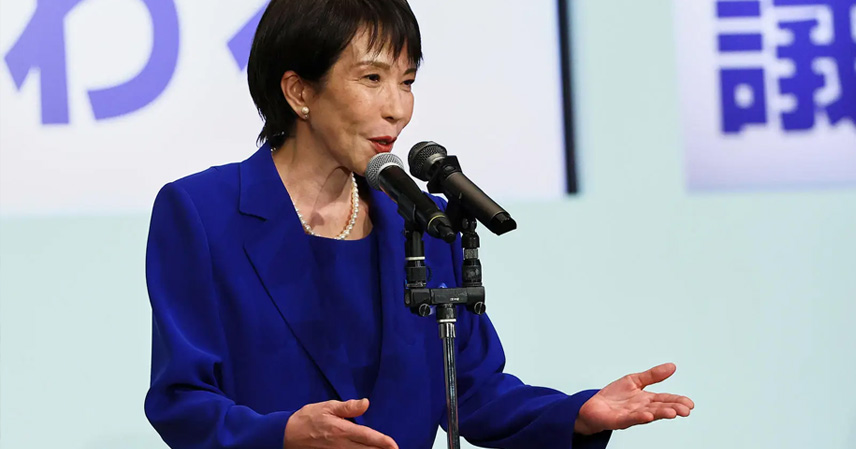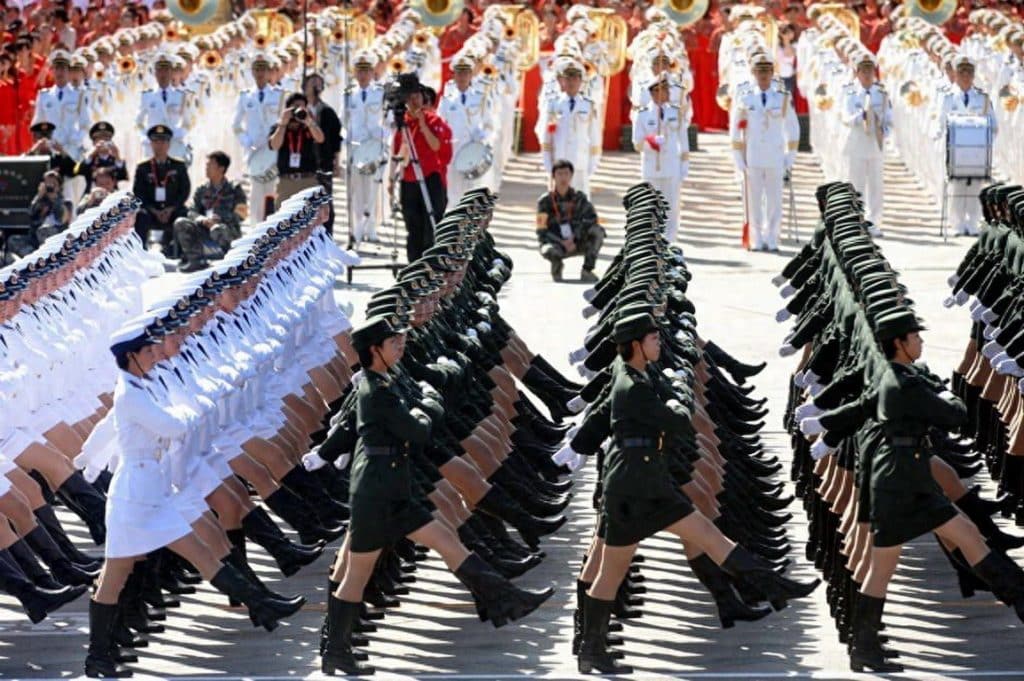On October 4, 2025, Japan’s political stage was turned upside down. Sanae Takaichi won the Liberal Democratic Party (LDP) leadership race, defeating Shinjiro Koizumi by 185 votes to 156, becoming the LDP’s first female president — and soon, Japan’s first female prime minister.
Her victory capped a turbulent race. The first round saw five contenders, none winning a majority. Takaichi and Koizumi advanced to a runoff, where Takaichi consolidated conservative and Abe-aligned support to secure the top post. After losing two previous bids in 2021 and 2024, she finally claimed the prize — carried by Japan’s right wing, where 68% of conservative voters saw her as “strong and reliable.”
From TV Reporter to Right-Wing Icon
Born in 1961 in Nara, Takaichi studied business at university before working as a TV journalist. She entered the Diet in 1993 but lost her seat in 2003. After marrying lawmaker Taku Yamamoto, she returned in 2004 and rose quickly under Shinzo Abe’s patronage.
As Minister for Internal Affairs and Communications, she pushed telecom reforms but became known more for her hardline nationalism. She has repeatedly denied historical atrocities such as the Nanjing Massacre and the use of “comfort women”, insisting they should be viewed “from multiple perspectives.” While such rhetoric wins applause among Japan’s right-wing base, it consistently provokes outrage across Asia.
Hawkish to the Core
Takaichi’s stance on China is notoriously firm. Since 2014, she has visited the Yasukuni Shrine 11 times, including on August 15, 2025, the anniversary of Japan’s surrender in World War II. The shrine honors convicted war criminals — a perennial flashpoint with China and South Korea.
She has called Japan’s pre-1945 wars acts of “self-defense” and repeatedly vowed to “take back” the Senkaku Islands (known as Diaoyu in China). Her most provocative line — to “sail into the Bohai Bay” — was a metaphor for projecting naval power directly toward China’s coast. She has pushed to revise Article 9 of Japan’s pacifist constitution, double defense spending to 2% of GDP, and align Japan’s forces with NATO standards.
She even backs U.S.-Japan nuclear sharing, advocates decoupling from China in strategic industries, and supports missile expansion programs. Her platform has long been a mix of economic nationalism and rearmament.
From Hawk to Diplomat Overnight
But once elected, her tone changed sharply. At her first press conference on October 4, she declared:
“I hope to hold candid dialogue with China over the Taiwan issue.”
Japanese reporters were stunned. Analysts quickly called it “politically necessary realism.”
Gone were her previous calls for confrontation. Instead, she adopted measured diplomatic phrasing: opposing “unilateral changes to the status quo in the Taiwan Strait” while emphasizing dialogue and alliance management. On Yasukuni visits, she suddenly hedged — “I’ll decide depending on circumstances.”
Economically, her slogan of “de-risking from China” was softened to “balancing trade and national interests.” The shift reflected a hard truth: Japan’s fragile economy cannot afford confrontation with its largest trading partner.
Reality Check: Economics First
Japan’s challenges are domestic and structural — low growth, labor shortages, and aging demographics. In 2025, labor gaps hit record highs. Public anxiety centers on pensions and jobs, not constitutional reform.
Takaichi’s early promise that “Japanese should work like horses” fell flat; she needs economic stability before ideology. China accounts for over 70% of Japan’s export market exposure. Any drastic “decoupling” would collapse the yen and stock markets.
Even defense expansion faces limits: Japan’s debt is sky-high, inflation has returned, and business leaders oppose tax hikes. Without supermajority support in both chambers, constitutional revision is politically impossible.
Between America and Asia
Takaichi remains a staunch U.S. ally, but even Washington prefers predictability over escalation. While she talks of deepening the Quad (U.S., Japan, India, Australia), America quietly discourages moves that could destabilize East Asia.
Her “Bohai Bay” rhetoric may have rallied right-wing voters, but in practice, she’ll likely settle for modest maritime patrols in the South and East China Seas, symbolic shows of strength rather than real confrontation.
A Calculated Balancing Act
Beijing reacted swiftly to her election. The Chinese Foreign Ministry reaffirmed the “One China” principle within hours, warning against “provocative actions.” Analysts in Beijing predict a “cold but stable” relationship: Takaichi will remain firm rhetorically but constrained strategically.
Inside Japan, her approval ratings reflect the split: half the public celebrates the glass ceiling breaking; the other half worries she’s “too far right”, turning Japan into what some call a “split personality nation” — politically dependent on the U.S., yet longing for autonomy.
The “Short-Lived PM” Pattern
Japan’s political history doesn’t favor longevity. Most prime ministers last barely a year. Despite her historic title, Takaichi faces intense factional rivalries within the LDP, especially from Koizumi’s camp.
Her “Sanaenomics” echoes Abenomics’ stimulus playbook, but fiscal strains and rising medical costs cloud results. By 2026, she faces protests from nationalist groups calling her “too soft.” By 2027, economic stagnation forces her to cut defense spending.
By 2028, though reelected LDP leader, her approval sinks. Her legacy becomes one of rhetorical nationalism, practical restraint, and unresolved economic malaise — a symbol of Japan’s struggle between ambition and reality.
The Bigger Picture
Takaichi’s rise marks both a symbolic gender breakthrough and a strategic inflection point in East Asia. Her contradictions — fiery nationalism mixed with pragmatic diplomacy — mirror Japan’s deeper identity crisis.
For China, she represents a tough but predictable opponent: one who speaks loudly but moves cautiously. For Japan, she is a reminder that slogans like “Make Japan Great Again” ring hollow without solving the real crises — population decline, productivity stagnation, and fiscal debt.
Her tenure may not reshape Asia, but it perfectly illustrates a region where rhetoric runs faster than reality.
References
- NHK Election Reports (October 2025)
- Asahi Shimbun Political Desk, 2025 LDP Leadership Election
- The Diplomat & Nikkei Asia commentaries (2025–2026)
- Japanese Ministry of Finance Economic Outlook Reports



